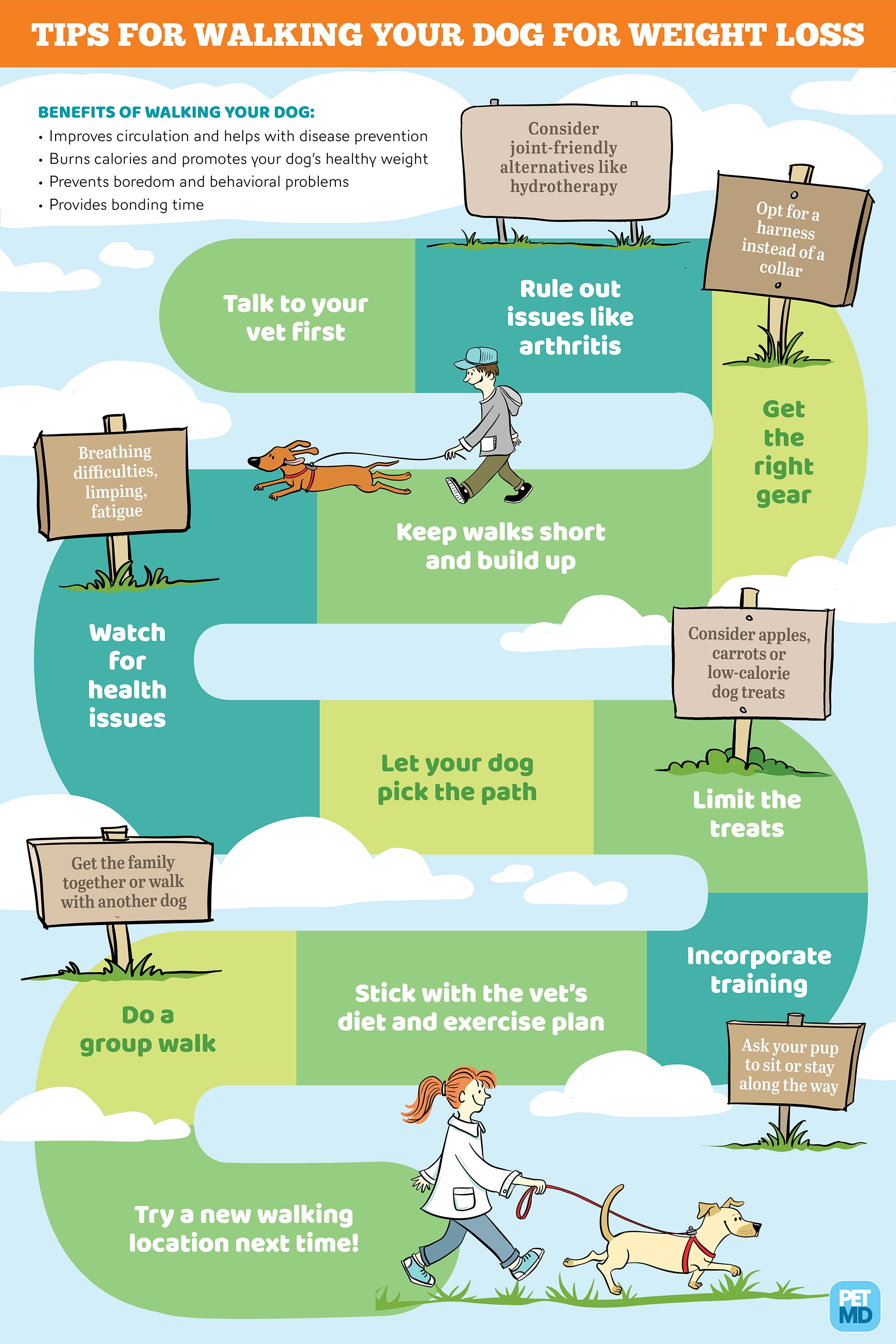Cold laser therapy is a non-invasive, pain-free therapy that helps reduce inflammation and enhances cell regeneration. It is a secure alternative to invasive treatments and often has instant outcomes.
Laser photons initiate a domino effect of chemical reactions within the cell that lower pain, swelling, and accelerate healing. It increases blood flow to the area by causing vasodilation.
What to Expect
Cold laser treatment is a non-invasive therapy that utilizes low-level laser light to penetrate deep into damaged tissues, triggering cell function on numerous levels to advertise tissue recovery. This helps reduce discomfort and swelling, while promoting contraction and regeneration.
Throughout a session, you'll sit or rest comfortably and the professional will certainly mark the locations on your body that need to be dealt with. The practitioner then uses a small handheld tool with the laser to the location. Throughout the treatment, you may really feel a small prickling or warmth in the area of your injury.
Prior to beginning therapy, it's important to clean up the location of your injury and remove any kind of jewelry or various other things that could hinder of the laser's course. It's also important to avoid any type of combustible products that could be in the area of the laser beam of light. This will certainly ensure your security and the performance of the treatment.
Preparation
Cold laser treatment works by shining light externally of your skin. The light is soaked up by the top layer of your skin and after that promotes the cells to generate energy that promotes healing.
Throughout the therapy, you may feel a cozy or prickling experience in the area that is being treated. This is totally regular, though you should let the professional recognize if the sensation is unpleasant or as well solid.
This treatment has a great deal of promise for assisting individuals with stressful brain injury (TBI). The treatment is non-invasive and does not have any kind of adverse side effects. However, more research study is required to establish the optimum treatment protocol. The best method to learn if you are a candidate for this sort of treatment is to seek advice from a trained physical therapist. They will be able to assist you figure out if chilly laser treatment is right for you.
The Therapy
When the expert has actually properly placed you for treatment, they will certainly after that put the cool laser tool on the injured area. They might keep it on for 30 seconds or longer, depending upon the dimension of the injury and its sensitivity. They will certainly make use of protective goggles to make sure that the laser does not straight strike the eyes, and they will ensure that you are secured from any kind of glow that could happen.
You may really feel a mild prickling sensation on the area that is being treated, yet it will certainly not be undesirable or unpleasant. This is an indication that the laser is functioning to boost the recovery process in the affected tissue.
Many individuals experience discomfort relief within a few sessions, with some seeing enduring outcomes even after several months of treatments. It is essential to note that LLLT is not suggested as a sole therapy for any type of persistent smoking cessation programs near me pain condition and it need to be paired with various other therapeutic methods in order to attain maximum outcomes.
Post-Treatment
After you relax or sit, the professional will utilize a stick with a series of light-emitting diodes to target your pain website. You will use safety eye goggles, and the laser might be hung on your skin for 30 to one minute. You might feel a gentle, comforting sensation throughout the therapy.
The photons from the laser penetrate deep right into your tissue, setting off a recovery response on a cellular degree. Unlike various other forms of laser treatment, this low-intensity technique does not develop heat.
Some research studies have actually revealed that cold laser therapy works in dealing with a variety of conditions, including chronic discomfort and injuries. However, it is less commonly approved as a standard medical method, and it isn't covered by lots of medical insurance plans. Furthermore, it is not suggested to be made use of over any kind of suspicious cancerous lesions or carcinomas or on expecting females. You need to always talk to your oncologist prior to seeking this kind of therapy.
